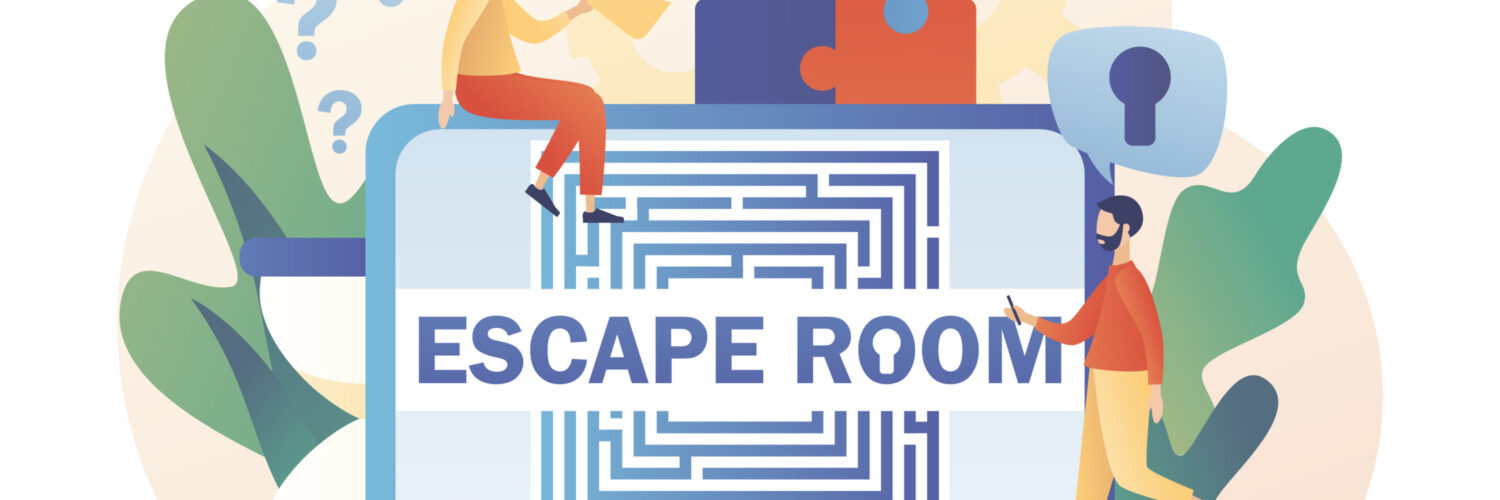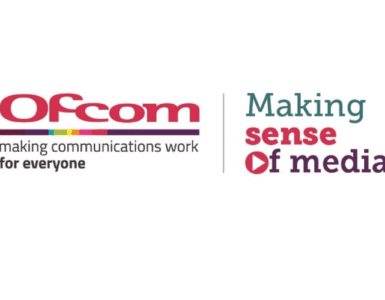by Chris Coward, University of Washington, U.S.A.
Misinformation is largely fueled by social media. It’s the networks of relationships that enable misinformation to spread. And yet in the media literacy space we’ve tended to rely on approaches that lean on the convention of focusing on individual acquisition of the knowledge and skills needed to navigate this environment. To be sure, individual skills are essential, but an exclusive focus on the individual (measured with individual metrics such as ability to discern misinformation content) risks overlooking the need to approach misinformation as a social problem requiring social solutions. By this I mean media literacy interventions that involve collective sensemaking, dialogue among people with different views, and collective action.
In his recent Media & Learning article “Making sense of Media Literacy Actions: The DROG Intervention Model (DIM),” Ruurd Oosterwoud makes a similar case. He sees the need for media literacy interventions that are “interactivist” where the aim is to “try and bring citizens from any two camps together in a dialogue.” He continues, “the idea behind this is that we need to start listening to each other, openly and with respect, and understand how we arrived at our different views.”
Let’s apply this thinking to the world of misinformation games. Numerous games now exist to help people navigate misinformation. Most of them, however, are single player games, and according to this review of misinformation games (DeJong, 2022) most can be completed in under 5 minutes. Again, we see a focus on individual skills, not collective engagement, leaving little room for conversation or reflection on the issues. To be sure, there is value in single player games and research on some of the more popular ones, such as Harmony Square, a product of DROG, are promising. This is not a critique of the many excellent single player games. At the same time, many of us who study misinformation have come to the same conclusion as Ruurd: we need social solutions, interventions that engage groups of people and even entire communities.
To illustrate I’ll describe a game — the Euphorigen Investigation — a misinformation escape room that my collaborators and I developed (available at Loki’s Loop). When interviewing librarians back in 2020 they told us they needed approaches that encouraged people to talk with one another, rather than focusing on skills-building (Young et. al., 2021). [Side note — librarians are on the front lines of misinformation and have insights that I believe are often ahead of the times.] Based on these conversations we decided to design an escape room as our game format precisely because it is an inherently social experience. The game is played by teams of 4-6 players and takes about 45 minutes to play, an extensive period of time that allows players to be immersed in the misinformation experience.
This immersion begets reflection, bringing us to another important point about educational games. Game literature suggests that the opportunity to reflect on an experience and the real-life implications is when most learning occurs (Lederman, 1992). While this can occur at the individual level, we built in a 15-minute post-game discussion component to stimulate this reflection. Librarians, teachers, and other educators play the role of gamehost and facilitate a debrief discussion among the players with provided questions and resources. The questions prompt players to reflect on what they encountered in the game and share their personal stories, perspectives, and strategies with misinformation. For our research, we video recorded and analyzed the conversations, finding extensive evidence of, for instance, players realizing they could be vulnerable to misinformation (one of our learning goals) and sharing with the others instances when they had been fooled.
Where do we go from here to inspire more social misinformation games? One area to look at is civic literacy where most activities are multi person because of the focus on working within and across diverse communities. I believe there are many models and successful examples that can be drawn upon to design new integrated civic/media literacy interventions that can make an even larger impact on building individual and community resistance to misinformation.
Meanwhile, play on!
References
DeJong, S. (2023). Playing With Fake News: State Of Fake News Video Games: The International Journal of Games and Social Impact, 1(1), Article 1.
Lederman, L. C. (1992). Debriefing: Toward a systematic assessment of theory and practice. Simulation & Gaming, 23(2), 145–160.
Young, J. C., Boyd, B., Yefimova, K., Wedlake, S., Coward, C., & Hapel, R. (2020). The role of libraries in misinformation programming: A research agenda. Journal of Librarianship and Information Science, 53(4), 539-550.

Author
Chris Coward, Senior Principal Research Scientist, Affiliate Associate Professor, University of Washington, U.S.A.














